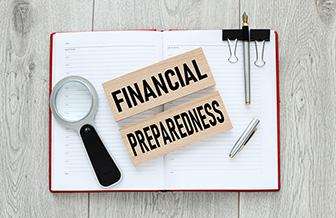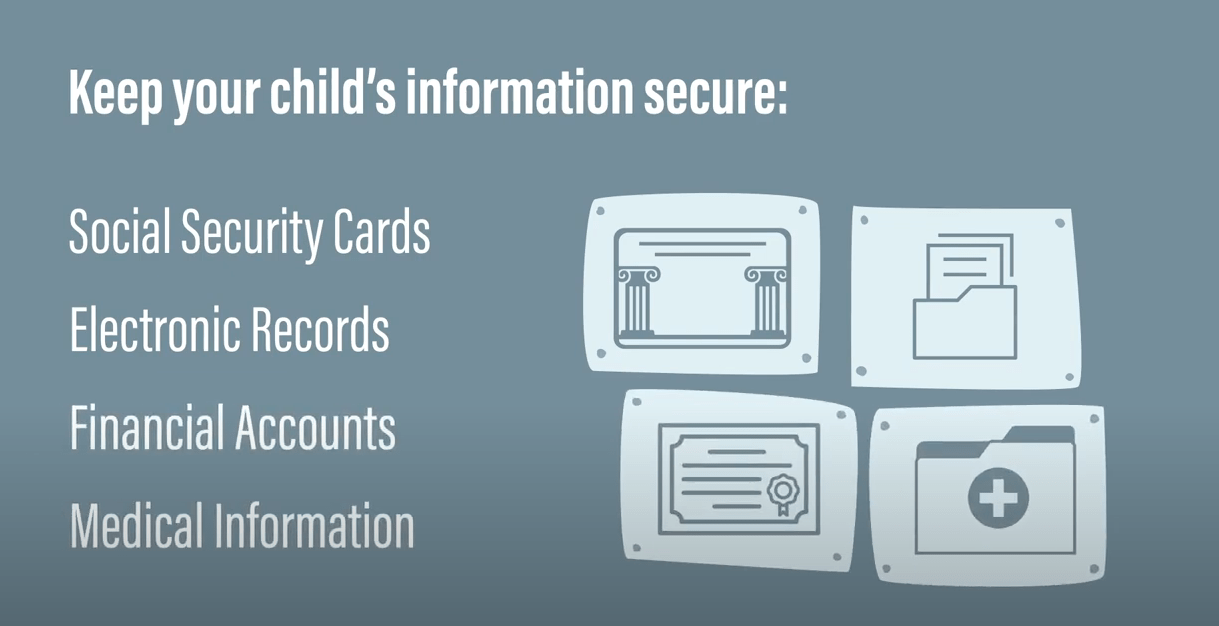Planning Your Retirement Budget in Hawaii
6 min read
Posted on Aug 30, 2021

Although your retirement may be in the distant future, the sooner you begin planning and saving, the better off you’ll be. It’s wise to create a retirement budget and work with a wealth advisor to determine whether you’re on track to meet your saving goals. According to the 2020 Retirement Confidence Survey, 6 out of 10 workers are stressed about retirement planning. Fortunately, First Hawaiian Bank is here to help. Start by preparing a retirement budget to understand how much you’ll need to save.
How Much Does It Cost to Retire in Hawaii?
Several factors influence the amount of savings you’ll need to retire comfortably, including your retirement age, spending habits, inflation and where you live. For those looking to retire in Hawaii, you should budget based on your expected annual living expenses during retirement. This information can be a good baseline to determine whether you’re saving enough money in your 401(k), IRA or other savings accounts.
Create Your Retirement Budget
To be sure you have enough money to retire in Hawaii, it’s important to create a retirement budget. The first step is to determine your retirement income. Financial advisors like the ones at First Hawaiian Bank recommend having more than one source of income during retirement. Retirement income may consist of the following categories:
- Earned income: This includes all forms of taxable compensation or revenue, such as salary, wages and tips.
- Unearned income: This consists of payments like Social Security, pensions, annuities, government benefits such as unemployment or disability, and any interest income from savings accounts, CDs or investments. Distributions retirement accounts like your 401(k) and IRA are considered unearned income.
Add up the earned and unearned income you expect to receive during retirement, then determine your expenses. We recommend looking at your last 6 to 12 months' worth of bank account and credit card statements, as well as last year’s tax returns. Having copies of your most recent pay stubs can be helpful for reference as well. Next, group your expenses by type. Here are some typical categories you can use to create your retirement budget spreadsheet:
- Housing: This should include your mortgage or rent, property taxes, insurance, utilities and any condo fees or other fees that apply.
- Food & Entertainment: Estimate your average monthly food and entertainment expenses, including grocery bills, restaurants and entertainment, such as streaming services, vacations and any monthly memberships you hold.
- Personal Care: Calculate what you expect to spend on clothing, toiletries and other personal care items.
- Transportation: Add up your vehicle payments, auto insurance, gas, registration fees and public transportation fares to determine your total transportation expenses.
- Healthcare: Healthcare can make or break a budget because it’s often a significant expense during retirement that is often overlooked because it may be currently covered by an employer sponsored health plan. Consider the possibility that healthcare costs are likely to increase as you get older. Costs include routine visits to the doctor, prescriptions, dental care, eye care and hearing. Build in a buffer to give yourself a cushion for emergencies.
- Charity & Gifts: Gifting for birthdays and holidays are also an important part of your budget. Retirement can be a time in your life to give back to your community.
- Emergency Savings: An unfortunate fact of life is that things go wrong all the time and you will need income during retirement to pay for these extra expenses. Remember to budget for broken appliances, cars, computers and to maintain your home.
- Long Term Care: Many of us will need help at some point in our lives with the normal activities of daily living. Planning for Long Term Care will help to ensure that you have adequate insurance coverage or savings to pay for these expenses.
Developing a retirement budget will give you a clear picture of the amount of money you’ll need to retire comfortably and what you should be saving today. First Hawaiian Bank’s wealth advisors will spend time with you to determine the most appropriate ways to help you save for retirement. Use our retirement calculator to see how long your savings will last and whether you need to increase your contribution. The Social Security Administration also offers calculators to help you get a sense of your monthly Social Security benefits.
The experienced wealth advisors at First Hawaiian Bank can help you develop an individualized plan so you can feel confident about your retirement goals. Contact us to get started.
First Hawaiian Bank Wealth Management Group provides financial products and services through First Hawaiian Bank and its broker dealer Raymond James Financial Services. First Hawaiian Bank and its affiliates do not provide tax or legal advice.
| Investment, Annuity, and Insurance products are: NOT INSURED BY FDIC OR ANY GOVERNMENT AGENCY • MAY LOSE VALUE • NOT A DEPOSIT • NOT GUARANTEED BY FIRST HAWAIIAN BANK |
| The insurance and annuity products are obligations of the insurance company and (i) are not insured by the FDIC or any other agency of the United States; and (ii) are not deposits or other obligations of, or guaranteed or insured by, First Hawaiian Bank or any of its affiliates. For certain cash value life insurance products there is investment risk, including the possible loss of value. |








